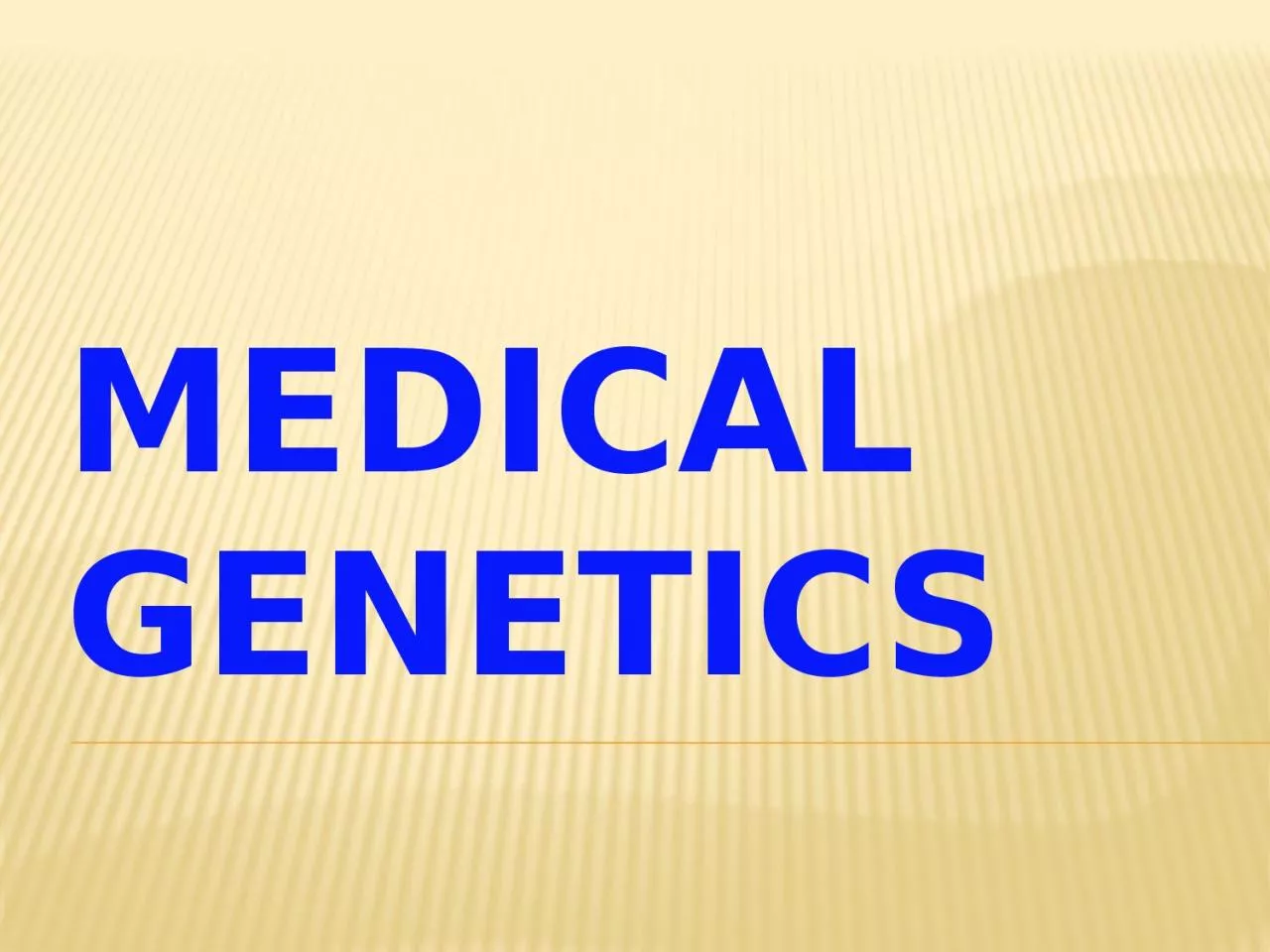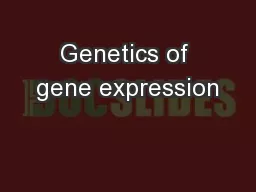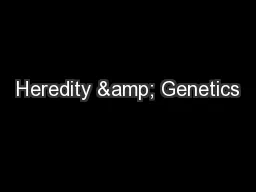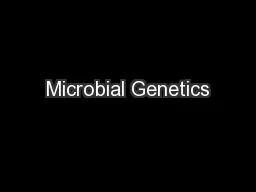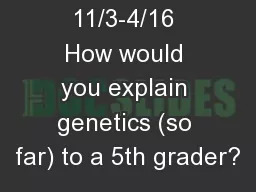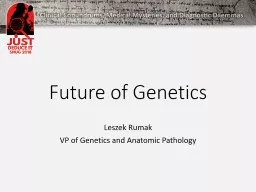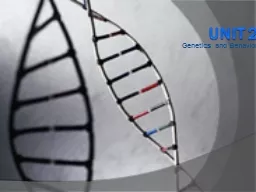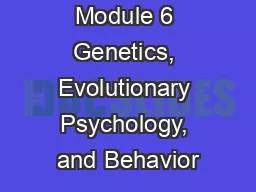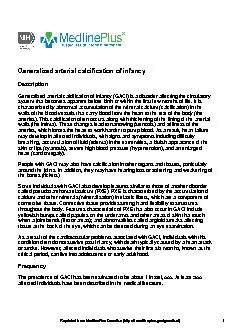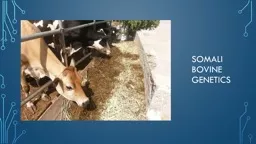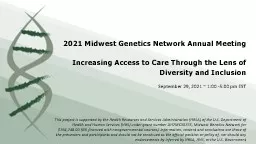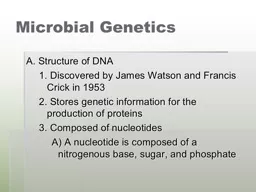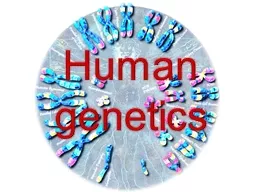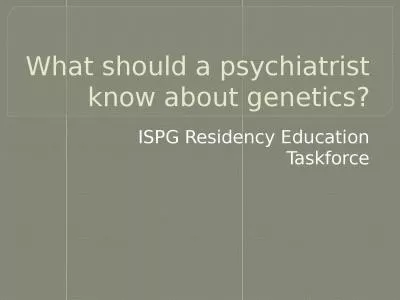PPT-MEDICAL GENETICS WHAT IS MEDICAL GENETICS?
Author : gelbero | Published Date : 2024-02-09
Medical genetics involves any application of genetics to medical practice It thus includes studies of the inheritance of diseases in families the mapping of disease
Presentation Embed Code
Download Presentation
Download Presentation The PPT/PDF document "MEDICAL GENETICS WHAT IS MEDICAL GENETIC..." is the property of its rightful owner. Permission is granted to download and print the materials on this website for personal, non-commercial use only, and to display it on your personal computer provided you do not modify the materials and that you retain all copyright notices contained in the materials. By downloading content from our website, you accept the terms of this agreement.
MEDICAL GENETICS WHAT IS MEDICAL GENETICS?: Transcript
Download Rules Of Document
"MEDICAL GENETICS WHAT IS MEDICAL GENETICS?"The content belongs to its owner. You may download and print it for personal use, without modification, and keep all copyright notices. By downloading, you agree to these terms.
Related Documents

